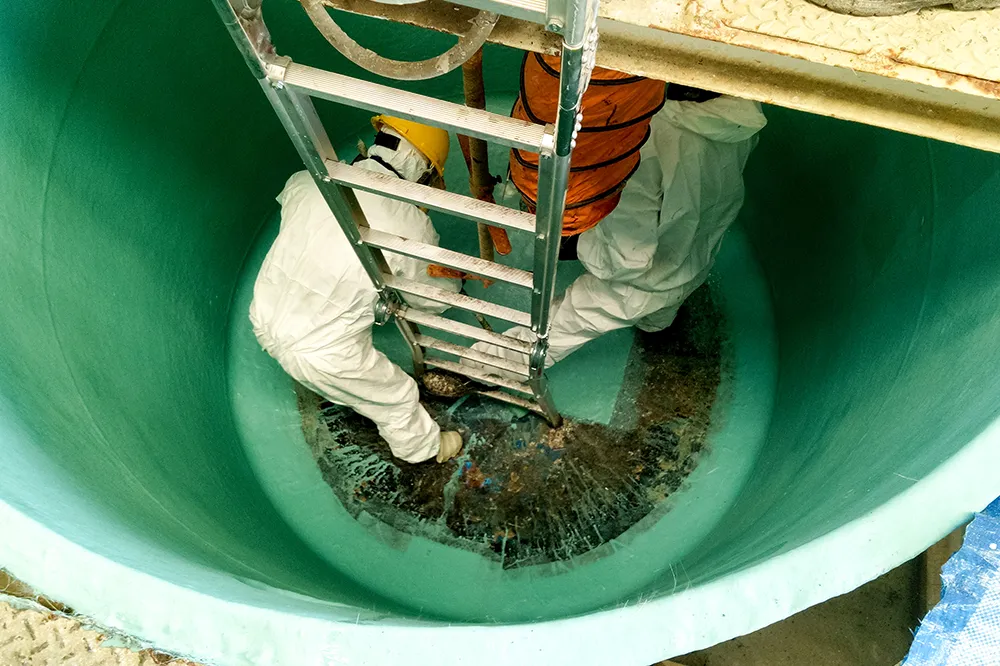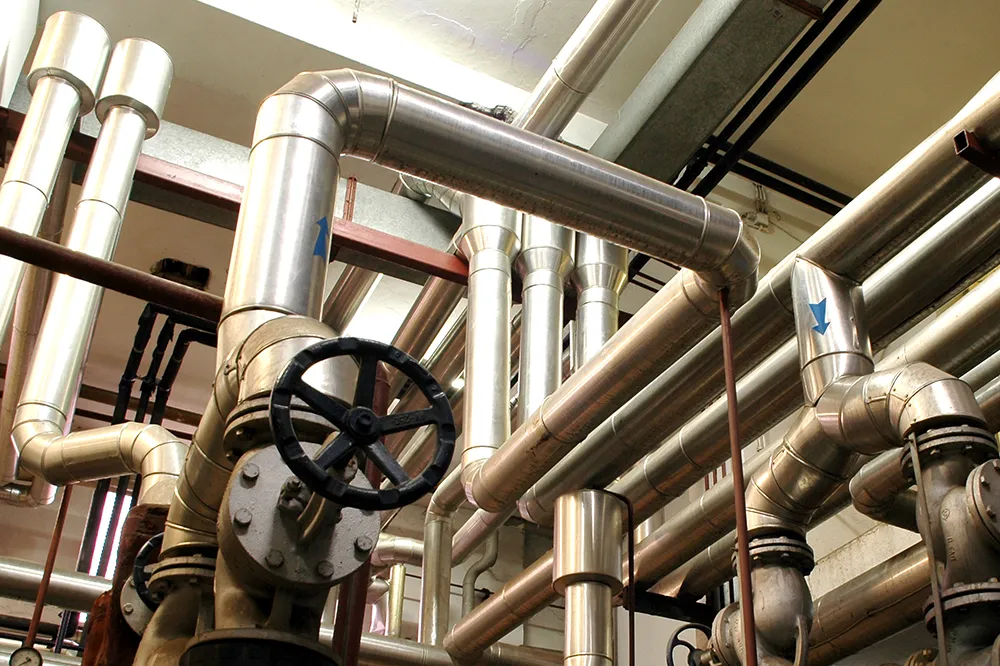Plastic Tanks
Plastic tanks, also known as poly tanks or HDPE tanks, are common in commercial and industrial settings where chemical compatibility or low cost storage are essential. New plastic tanks are impact-resistant due to the flexibility of the material and become more brittle with age. Older tanks are more likely to experience cracking which requires the tank to be removed from service.
TSP inspects plastic tanks using non-destructive methods to identify their condition. Every plastic tank inspection is performed under the supervision of a Registered Professional Engineer with years of experience inspecting plastic tanks. Inspections focus on the interior and exterior of the tank using a combination of visual inspection and dye penetrant testing to identify cracks.
There are currently no nationally recognized standards for the inspection of plastic tanks. Our inspection practice follows the general outline of API-653 and SP001. We also recognize State of New York environmental regulation DER-16 as a valuable guide.
Poly Tank Inspection Methods
- Candling: Visual inspection assisted by a bright light directed through the tank shell. Candling requires the tank to be emptied and cleaned and may require confined space entry.
- Dye Penetrant Examination: A water soluble dye is applied to the tank shell and allowed time to penetrate into cracked areas. An ultraviolet light illuminates the dye where it has penetrated.
- Impact Testing: A blunt force is applied to the tank shell to test the brittleness of the material. This testing method is only used with permission from the owner because it may not be entirely non-destructive.
- Ultrasonic Examination: An ultrasonic flaw detector is used to examine the tank shell for flaws such as delamination and internal gouging.




